Gusen Sub-camps of Mauthausen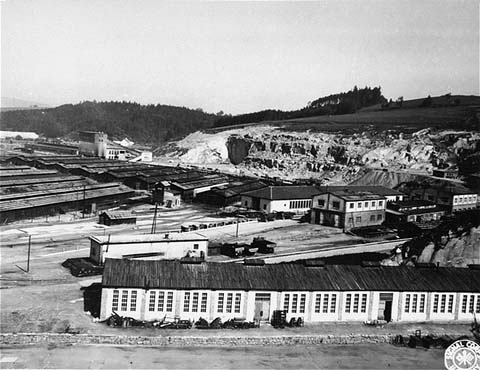 According to Robert Abzug, author of "Inside the Vicious Heart," the Gusen 1 camp was originally set up in 1940 as an independent camp where prisoners labored in a quarry, and it was not until 1944 that it became a sub-camp of Mauthausen. On March 9, 1944, a second Gusen camp, called Gusen II, was set up in nearby St. Georgen as another sub-camp of Mauthausen. Prisoners at Gusen II worked on the construction of underground factories. Around 16,000 prisoners lived in 19 barracks near Gusen I and were transported each day by special trains to Gusen II at St. Georgen. The first Gusen camp was located 6 kilometers west of Mauthausen. It was initially established to provide a source of granite for Hitler's grandiose plans to rebuild the cities of Berlin and Linz. Later, underground factories were built there for the manufacture of machine guns and fuselages for Messerschmitt aircraft. The factories were located underground to protect them from Allied bombing. Abzug wrote that there were 38,000 deaths at Gusen 1 and that the high death rate was partly because Gusen was an "end destination" for the death marches from other camps that were evacuated as the Allied armies advanced into Austria in the Spring of 1945. Ebensee, another sub-camp which opened in 1943, was also an end destination for dying prisoners on the transports from other camps that had been evacuated. Gusen I was the first camp to be liberated by the Americans, even before the main camp at Mauthausen. Louis Haefliger, a representative of the International Red Cross, had visited the main camp at Mauthausen in late April 1945 and had demanded that Commandant Ziereis allow him to enter the camp to distribute food packages. Ziereis told him that he would have to send a telegram to Ernst Kaltenbrunner to get permission for him to stay in the camp. Haefliger waited a few days, but when no answer was received from Kaltenbrunner, he returned and demanded to be allowed to stay inside the camp. Ziereis then permitted him to share a room with SS Obersturmführer Reiner. Haefliger wrote the following in his report to the IRC, as quoted by Christian Bernadac in his book "The 186 Steps": During the night, May 2-3, I pressured my bed mate, Reiner to reveal to me the orders that had been given for the destruction of Gusen camps I and II and Mauthausen. Reiner - a former bank employee - confided in me, and didn't hide the fact that if his confidence was betrayed, we'd both end up with a bullet in the back of our necks. I ordered him to call the commander of the airplane factory at Gusen to come to see Ziereis. During the meeting which took place I demanded, in the presence of Reiner, that Ziereis immediately annul the order to blow up the plane factory. Ziereis refused, stating that it was not he who had given the order, and that it wasn't possible for him to annul the orders of his superiors. I appealed to his rank, and to his humanitarian sentiments. The commander of the airplane factory explained the plan to be put into effect if the Americans or the Russians got close. There was an alert signal to assemble all of the prisoners of Gusen I and II, about forty thousand human beings, in the workshops of the underground plant, which covered about 50,000 square meters. The citizens of Gusen and Saint Georgen were also intended to respond to this signal. Twenty-four and a half tons of dynamite, previously placed in the corridors, would blow up the plant, the prisoners and the population. The plan was to be implemented during the night of May 5-6. However, I did succeed in getting Ziereis, at least verbally, to withdraw the order for blowing up the factory, and to see to it that this annullation was communicated to the commandants of the factory. He thought that this verbal extinction of order, in my presence was sufficient. Haefliger then conceived of a plan to bring American troops to liberate the Gusen camp on May 5th before the factories were scheduled to be blown up that night. He had a white flag made in the tailor's workshop of the Mauthausen main camp and then had an Opel automobile, that Ziereis had placed at his disposal, painted white so that it would pass as a Red Cross vehicle. Ziereis left the camp, after giving Haefliger a key to his house and inviting him to stay there. During the night of May 2-3, according to Haefliger, Captain Kern of the Schutzpolizei of Vienna replaced Commandant Ziereis and the Vienna police occupied the guard posts from then on. Other sources say that the Vienna police took over the main camp on April 29, 1945. On May 5, 1945, Haefliger persuaded Reiner to accompany him into the American combat zone. They took along a lieutenant of the Viennese fire brigade as their chauffeur. When they reached the American lines they asked American soldiers to come with them to liberate the camp. Haefliger wrote the following in his report: My proposition was clear: an advance force of two or three heavy tanks and an equal number of light tanks, with their crews, amounting to some thirty American soldiers, and five hundred additional soldiers should come immediately and assume the guarding of the camp. They would have to disarm about five hundred S.S. troops who were still there, as well as the members of the Volkssturm (people's militia) and the reinforcement troops of the Viennese police. I guaranteed the American commander that no resistance was to be feared on the part of the civilian population. The commander radioed his consent, warning me that I was responsible for every American life. My two companions took their places in a tank, and an American sat with me in the Opel, as we drove back to Saint Georgen, followed by the tanks. A happy surprise welcomed us in this commune. The authorities and the population showered us with thanks and the Americans were greeted as liberators. Our arrival caused the same joy in Gusen. I went to the commander of Gusen II and obtained his word that no shot would be fired and that order would be maintained. But it was increasingly urgent to get to Mauthausen where the S.S. were intensifying their defense work, according to the messages I had been given. However, we still took the time to go by the aviation factory at Gusen where I showed the Americans the underground workshops and the corridors loaded with dynamite. Then we headed toward Mauthausen. 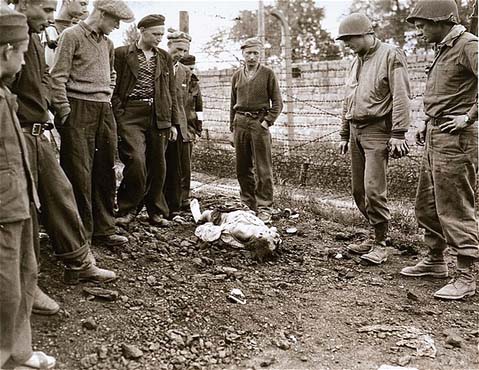 After liberating the Mauthausen camp, the American soldiers went back to the Gusen camps. According to Louis Haefliger: The Americans tried, in vain, to stop the exodus from the camp, as they had been able to do at Mauthausen. The guard, composed of prisoners, was too weak. The prisoners, feeling themselves free, hurtled over the fields, toward the villages and farms to find food and clothing. Days and nights of terror followed. But the camps of Gusen and Mauthausen were freed. The greatest airplane factory in Austria had not been blown up. Machines worth from ten to twenty million francs were saved. The communes (communities) of Saint Georgen, Gusen and Mauthausen were spared by the war. The problem I had set for himself was solved. The camps were not exterminated. Sixty thousand human beings were liberated, while the Americans still hadn't taken Linz, where the battle continued to rage. The following is from the unpublished statement of Marcel Billon, as quoted by Christian Bernadac in his book "The 186 Steps": The justice of the deportees ruled over the death camp. Some assassins were executed. The body of the sadistic Lagerführer of Gusen was paraded about in a light carriage drawn by two horses. 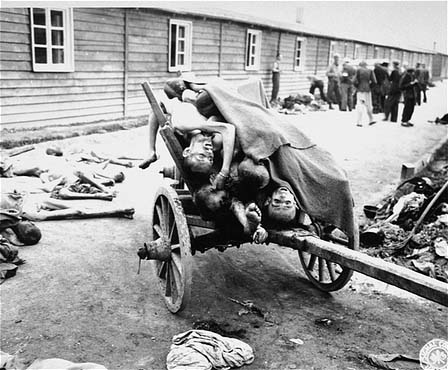 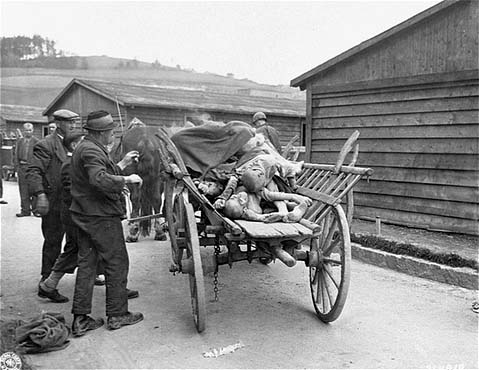 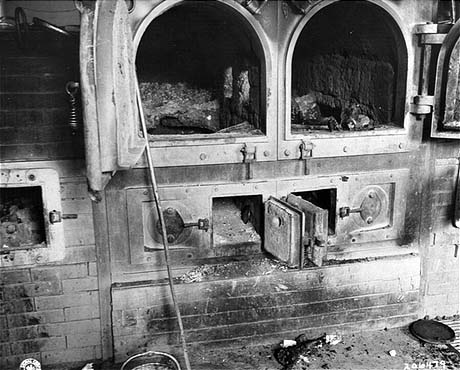 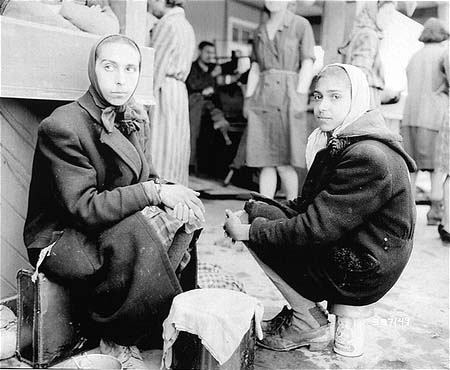 HomeThis page was last updated on July 8, 2008 |